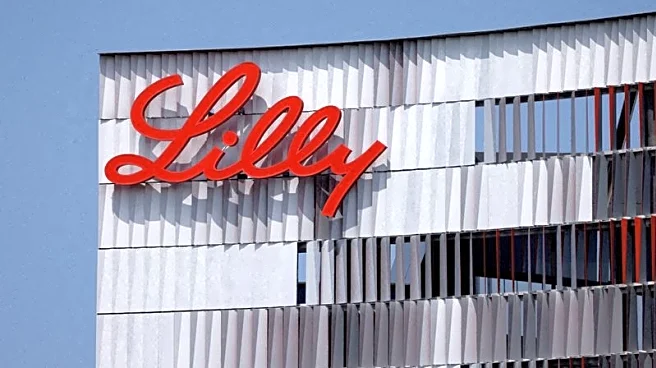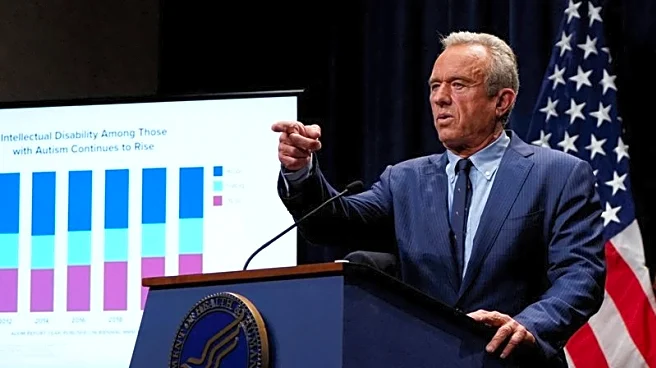What's Happening?
The U.K.'s National Health Service (NHS) is contemplating a significant increase in its pharmaceutical budget, potentially raising the cost-effectiveness threshold by 25%. This move, reported by Politico, aims to allow more expensive drugs to qualify for government coverage, thereby expanding patient access. The proposal comes as President Donald Trump threatens the pharmaceutical industry with steep tariffs on drug imports. Under a trade agreement signed in May, the U.K. could receive preferential tariff treatment if it improves conditions for American companies operating in the U.K. Analysts suggest that the NHS's proposed changes could drive increased government spending on pharmaceuticals across Europe.
Why It's Important?
The NHS's consideration to raise its pharmaceutical spending threshold is a direct response to President Trump's tariff threats, which could impact drug costs globally. By increasing the threshold, the NHS aims to ensure continued access to a broader range of medications, potentially mitigating the impact of U.S. tariffs. This move could lead to increased costs for the NHS but also enhance patient access to necessary treatments. The decision reflects broader concerns about the potential for a pharmaceutical exodus from the U.K. if drug prices are not adjusted, highlighting the interconnected nature of global healthcare policies and trade agreements.
Beyond the Headlines
The proposed changes by the NHS could have long-term implications for the pharmaceutical industry in the U.K. and Europe. By raising the cost-effectiveness threshold, the NHS may set a precedent for other countries to follow, potentially leading to increased drug prices across the region. This could affect the dynamics of pharmaceutical investments and research, as companies reassess their strategies in response to changing market conditions. Additionally, the move underscores the influence of U.S. trade policies on global healthcare systems, highlighting the need for international cooperation in addressing drug pricing challenges.











